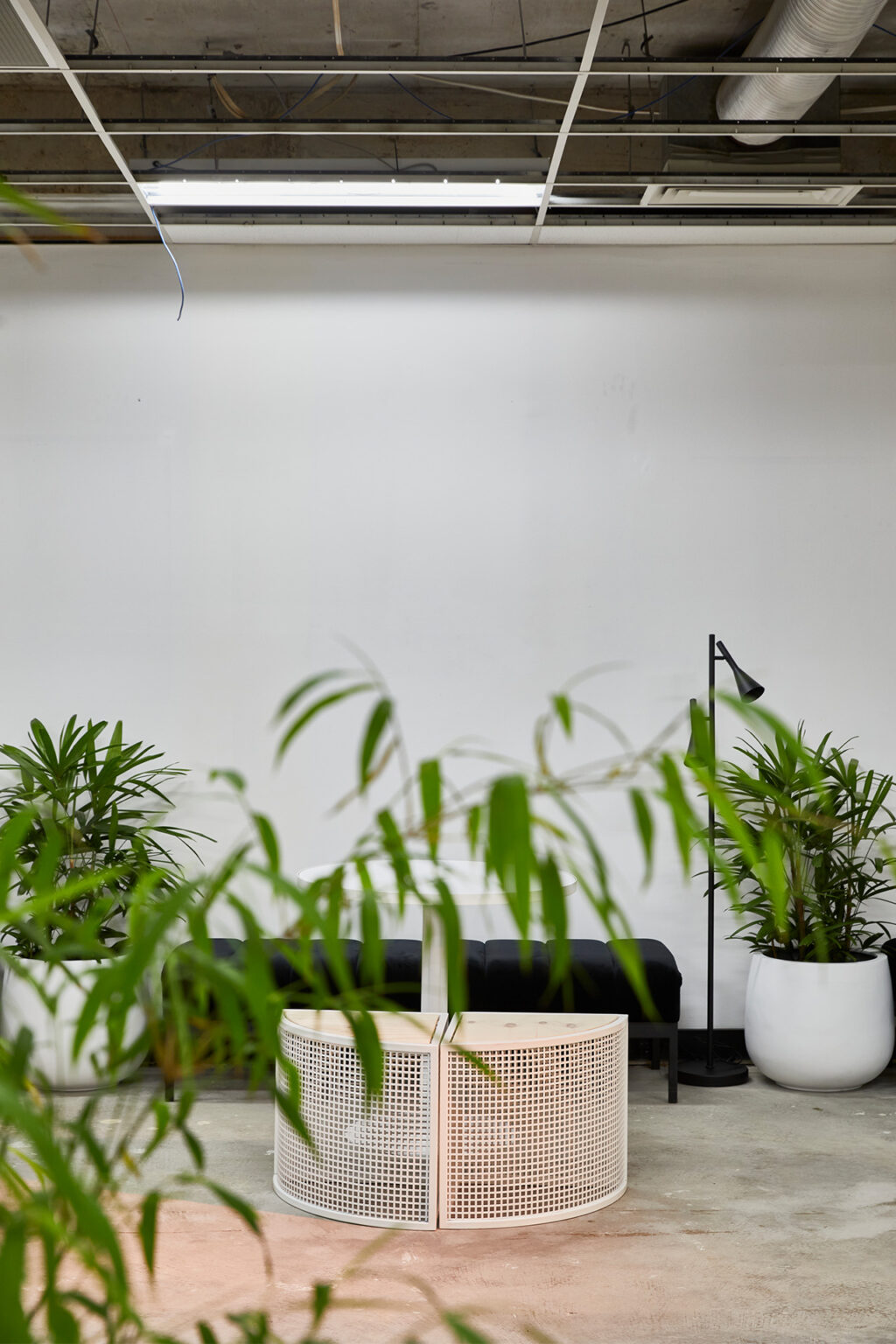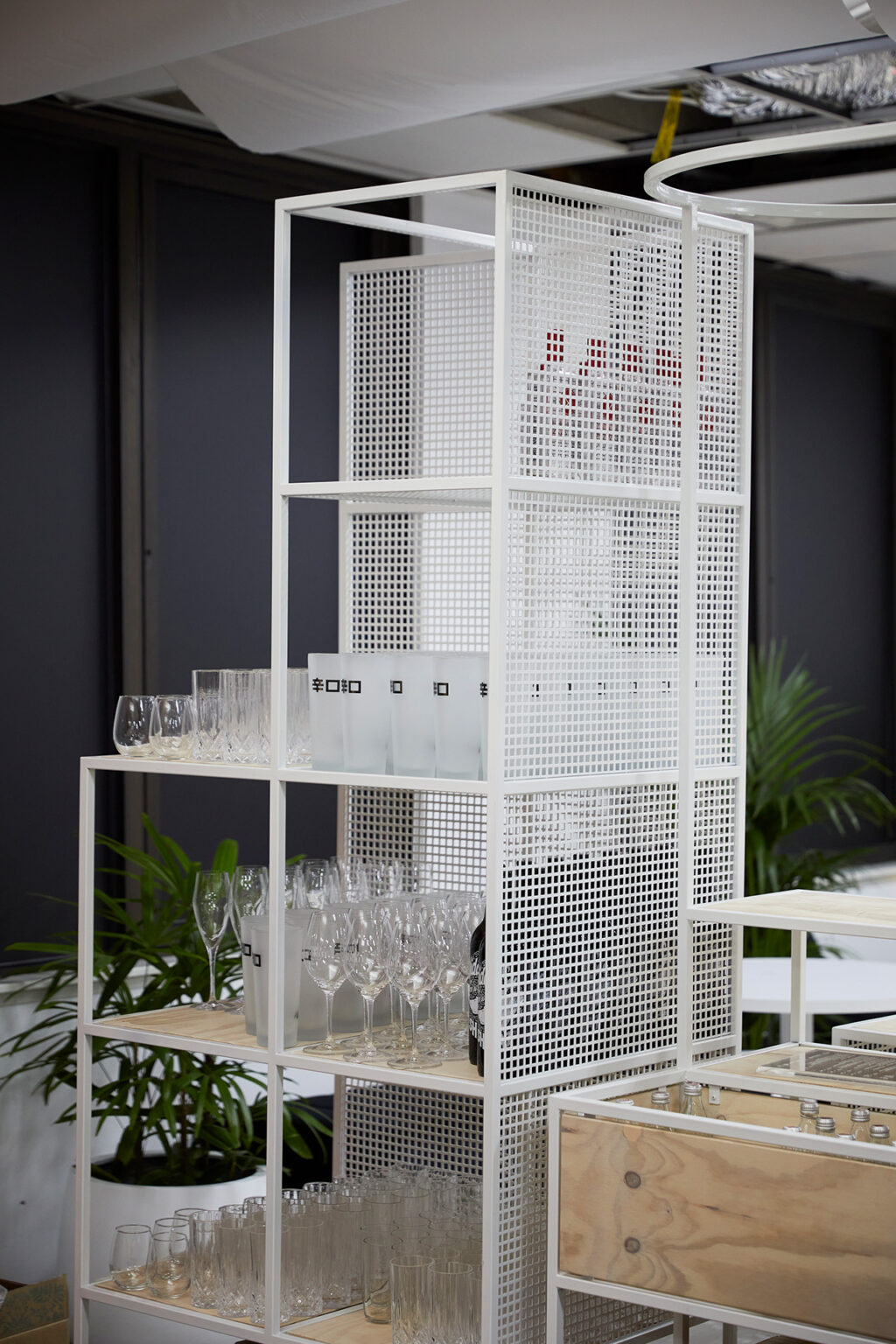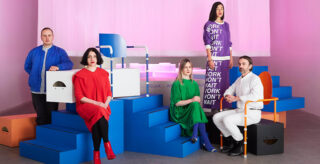HANOVER HOUSE
FLEXIBLE FURNITURE
BETA Taxonomy
A mobile collection to last. Designed in collaboration with Sibling, a taxonomy of furniture and sets were created with the intent to provide a family of joinery that allow for a variety of uses, including unforeseen uses, due to the experimental nature of the programming at Hanover House.
BETA’s fit-out is an ingenious ode to conscious design. Architecture collective Sibling have extended their gaze far beyond the transactional-focused retail spaces we currently know by creating a fit-out that repositions sustainable design as the pinnacle of luxury.
The result is a radical reimagining of retail, marking a pivot towards the retail spaces of tomorrow that inspire creativity, push boundaries and elevate the consumer experience into one that is emotional, intuitive and innately human.
Utilising a clever taxonomy of design that shapeshifts form and function, Sibling fit-out is centred on circularity. Informed by the alarming statistic that almost half (44 percent) of waste worldwide comes from construction and demolition, Sibling have employed materials and objects already present within Hanover House, a seven-story concrete office block built in 1973 and refurbished in 1997. The result is a truly dynamic take on the retail environment; a chameleon conversion that allows for limitless layouts while minimising the need for raw resources or ‘new’ items

Taxonomy of Design
Elements from the building’s original fit-out have been repurposed and reused, such as the office furniture, lighting, carpets, and gypsum walls. More than 1800 m2 of ceiling tiles have found new life as stacked seating arrangements and display units. The glass cubes in the Atelier, which artisans work from in full view to the public, have been constructed from existing office partitions within the building.
BETA By STH BNK speculates on a future where retail designers look to actively extend project afterlife through reuse, repair, or refurbishment. Created from pre-fabricated steel, a series of movable and multi-functional furniture items fitted with wheels can be reused between floors for various BETA By STH BNK events, as well as at different sites and locations into the future, ensuring that these objects remain in circulation and avoid going to landfill.

Sibling’s experimental taxonomy allows sustainable retail brands to experiment with new frontiers in physical space, programming, and business models, providing a compelling glimmer into how the future of retail will play out within the pioneering STH BNK By Beulah development. By embracing sustainability in innovative ways, retail brands can push the envelope and shape an environmentally-friendly future that not only keeps pace with consumer demand but sets new benchmarks in design innovation.
Sibling Architecture

This boundary pushing architecture practice has created an agile spatial direction for Hanover House. With an emphasis on circularity, they have repurposed and reused existing materials and objects within the building wherever possible. Combining environmentally-friendly bioplastics, live plantings and a family of mobile multi-functional furniture, the result is a ground-breaking take on conscious design that allows for limitless reconfiguration and activity.





